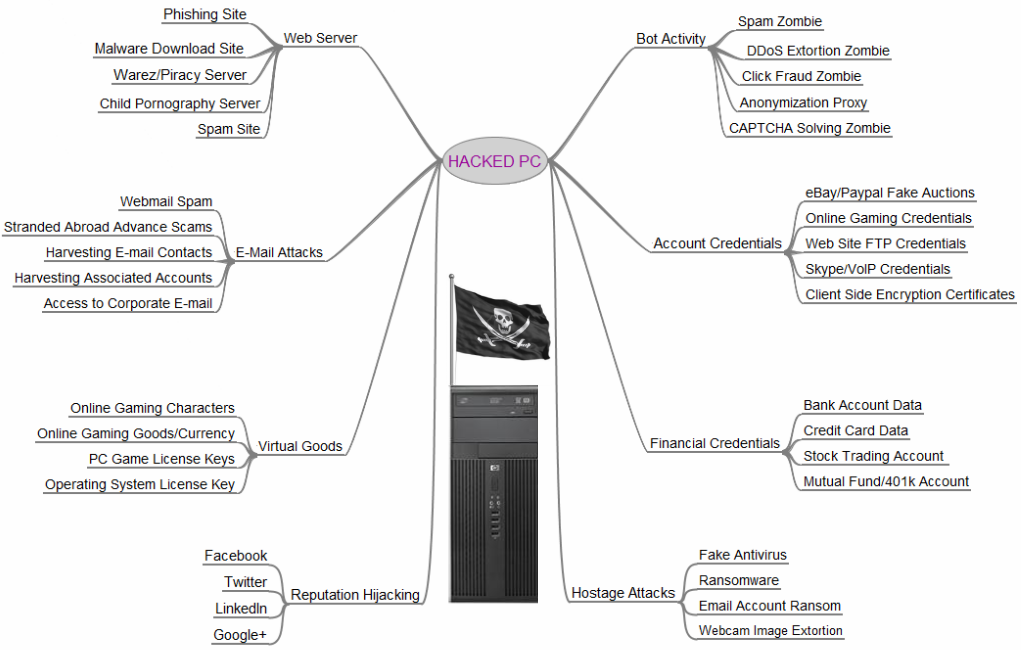While volunteering in my son’s classroom, his teacher asked if I’d sharpen some pencils, “Having a supply of sharp pencils is the bane of my existence!” I grabbed her basket of pencils and headed to the sharpening station, in a shared resource room. There I found this lovely little X-Acto XLR 1818 Electric Pencil Sharpener.
I sharpened about 25 pencils before the unit overheated. After 30 minutes it still refused to work. After 45 minutes I was able to sharpen 20 more pencils before it overheated again. Frustrated, I decided to engineer a better solution.
Design considerations:
• manual sharpeners don’t overheat
• teachers might be upset if I removed the electric sharpener
• pencil shavings should be dealt with
• doesn’t require [much] more space than a 11×17″ box lid
• one-handed operation is desirable
The first step was to acquire some good pencil sharpeners. I read a bunch of Amazon reviews and ultimately found penciltalk.org where pencil sharpening nerds hang out and write about their passion for sharpeners. I whittled down my list to these four which I purchased:
• Classroom Friendly
• Classic Manual (Deli 0620)
• Stanley Bostitch MPS1BLK (Amazon)
• Westcott Axis iPoint Evolution Electric Heavy Duty (15509) Amazon
After the sharpeners arrived, I grabbed a sheet of graph paper and a ruler. I measured how much clearance each sharpener needed to avoid skinned knuckles. Then I produced this sketch.
With a design in hand, I headed to the garage and found an 8’ piece of 1” thick shelving. Because MDF wouldn’t hold a dado joint, I glued each edge and screwed in L-brackets on the 4 back corners (not pictured). Then I added the angle brackets to stiffen up the front. The result is a sharpening station that’s very heavy and stable.
All three manual sharpeners came with a round L bracket designed to mount on the edge of a tabletop. I wanted a more secure attachment and the slippery shelf surface didn’t help. The solution was to add a layer of non-slip padding between the sharpener and shelf. Combined with the included bracket, the sharpeners have remained firmly attached for half a school year.
To keep the automatic sharpeners from sliding when pressing a pencil into them, I applied a pad of industrial strength Velcro hooks to the bottom shelf and hook-and-loop pads to the electric sharpeners. Now they too remain firmly in place while sharpening.
I am now experienced in bulk pencil sharpening. Every pencil in that basket is very sharp. I’m a fan of the Wescott and Classroom Friendly sharpeners. The fastest technique I’ve found is to load the Classroom Friendly, which grips the pencil and allows one-handed sharpening. I sharpen that pencil with my right hand, and sharpen another in the Westcott with my left. Both sharpeners are fast and good. I can settle into a rhythm where I’m cranking out two sharp pencils every 10 seconds.
I can see no evidence of anyone using the X-Acto any more. The Bostich is a piece of junk. It will only sharpen perfect pencils, it doesn’t produce a great point, and emptying the shavings is much harder than the Classroom Friendly and electric sharpeners.
What do the teachers think?
Hi Matt,
When I spoke with our staff this morning about pencil sharpeners, their eyes lit up! They would love to have one station per grade level (two for kindergarten). The total would be ten, if possible.
Mike
—-
Mike VanOrden – Principal


